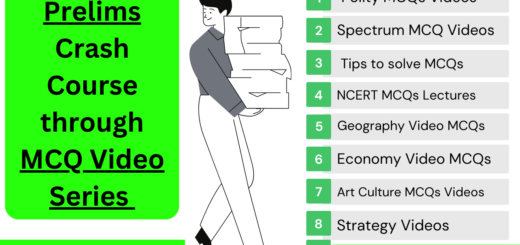What is Indus Valley Civilisation give some factual information about Indus valley civilisation
Title: Unravelling the Fascinating Indus Valley Civilisation for UPSC Aspirants
The Indus Valley Civilisation, also known as the Harappan Civilisation, is an intriguing subject of study for UPSC aspirants. Knowing its intricacies aids in the general studies paper on Indian Heritage and Culture, Art, History and Geography of the World and Society. This article sheds light on the fundamental details of the Indus Valley Civilisation and provides informative pointers to keep in mind for the exam.
Origins and Discovery of the Indus Valley Civilisation
The *Indus Valley Civilisation* developed around 2500 BCE around the Indus river basin, encompassing modern northwest India and Pakistan. This civilization was discovered in the 1920s during the excavation of *Harappa* and *Mohenjo-Daro*, which stand as the largest settlements revealing its historical traces.
Urban Planning and Architecture
Regarded as one of the world’s earliest urban civilizations, the Indus Valley Civilisation was known for its highly advanced urban planning and architecture. The cities were meticulously planned with well-defined residential areas, waste disposal systems, and street grids, showcasing their understanding of urban utilities and sanitation methods. Their buildings were made from baked-bricks, suggesting the existence of a standardized system of weights and measures.
Trade and Economy
The economy of the Indus Valley Civilisation was fundamentally agrarian, supplemented with active *local and long-distance trade*. The civilization had a vibrant trade network with Mesopotamia, reflecting their expertise in maritime navigation. The evidence of seals, beads, pottery and crafts underlines their advanced skills in artistry and craftsmanship.
Script and Language
One of the most puzzling aspects of the Indus Valley Civilisation is its script. Despite numerous attempts, the script remains undeciphered, making it difficult for researchers to understand their linguistic communication fully. The script was usually written right to left and contained pictographic symbols.
Society and Religion
The Indus Valley Society had a well-structured social organization, which comes across as both equitable and organized. Although their religious belief systems are still debated, a strong inclination towards ritual cleanliness is evident. Some researchers also point to the worship of a Mother Goddess and reverence to nature and animals.
Collapse of the Civilization
The definite cause leading to the collapse of the Indus Valley Civilisation remains elusive. However, some theories suggest it could be due to drastic climatic changes, overuse of resources, invasion, or migration of the populace.
Key pointers for UPSC Aspirants:
1. The Indus Valley Civilisation is a Bronze Age civilization that thrived in the northwestern regions of South Asia. It represents one of the three most ancient civilizations along with those of Ancient Egypt and Mesopotamia.
2. Urban planning and sanitary systems were hallmarks of this civilization, demonstrating an impressive understanding of civil engineering and town planning.
3. The sculpture, pottery, and seals discovered from various sites bear evidence of a sophisticated artistic sensibility and a highly developed material culture.
4. Despite the enigma of their script, they exhibited marked advancements in metallurgy (copper, bronze), measuring techniques, and trade.
5. Religion appears to be a mix of animistic, nature worship and fertility cult, with the prevalence of both public and private religious practices.
Studying the Indus Valley Civilisation provides an insightful understanding of ancient Indian history, contributing richly to the cultural, technological, and urban developmental discourse. As UPSC aspirants, understanding this historical era holistically can provide a valuable edge in the examination.











